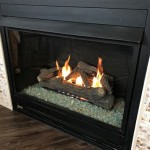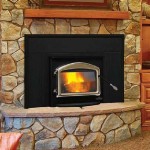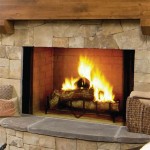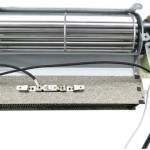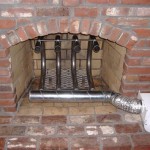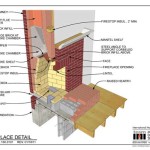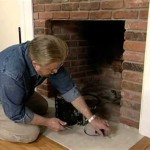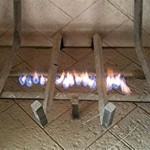Electric Fireplace Efficiency Comparison: Essential Aspects
Electric fireplaces have become increasingly popular as an energy-efficient and convenient source of warmth and ambiance in homes. However, not all electric fireplaces are created equal, and it's essential to consider their efficiency when making a purchase. Here are the key aspects to focus on when comparing the efficiency of electric fireplaces:
1. Heating Technology
Electric fireplaces use different heating technologies, including infrared and fan-forced heat. Infrared heaters emit radiant heat that warms objects directly, while fan-forced heaters circulate warm air throughout the room. Fan-forced heaters are generally more efficient in large, well-insulated spaces, while infrared heaters are better suited for smaller, less-insulated areas.
2. Power Consumption
The power consumption of an electric fireplace is measured in watts (W). Higher-wattage fireplaces produce more heat but also consume more electricity. Look for fireplaces with variable heat settings to adjust the heat output as needed, reducing power consumption when lower warmth is desired.
3. BTU Output
BTU (British Thermal Units) measures the amount of heat an electric fireplace can produce. Higher BTU output indicates greater heat production. Consider the size of the room where the fireplace will be used to determine the appropriate BTU output. A larger room requires a higher BTU output to maintain a comfortable temperature.
4. Insulation and Airflow
Proper insulation and airflow can significantly impact an electric fireplace's efficiency. Ensure the fireplace is well-insulated to prevent heat loss. Additionally, provide adequate space around the fireplace for proper airflow, allowing the fan to circulate warm air effectively.
5. Energy Efficiency Rating
Look for electric fireplaces with energy efficiency ratings or certifications. The Energy Star label indicates that the fireplace meets certain efficiency standards. Certified fireplaces consume less energy and operate more efficiently, resulting in lower energy bills and reduced environmental impact.
6. Thermostat Control
Thermostat control allows you to set and maintain a desired temperature in the room, preventing overheating and energy waste. Some electric fireplaces feature programmable thermostats that automatically adjust the temperature based on pre-set schedules, further enhancing efficiency.
7. Additional Features
Some electric fireplaces offer additional features that can improve efficiency, such as built-in timers and motion sensors. Timers allow you to set the fireplace to turn off automatically after a certain period, preventing unnecessary energy consumption. Motion sensors detect movement and automatically adjust the heat output based on presence, ensuring warmth only when needed.
By considering these essential aspects, you can effectively compare the efficiency of electric fireplaces and make an informed decision that aligns with your specific needs. An efficient electric fireplace not only provides warmth and ambiance but also helps save energy and reduce costs, making it a wise and eco-friendly choice for your home.

Are Electric Fireplaces Energy Efficient Direct Learning Center

Gas Or Electric Fireplaces Which Is More Energy Efficient Verde

Are Electric Fireplaces Energy Efficient We Love Fire

Are Electric Fireplaces Energy Efficient We Love Fire

Are Electric Fireplaces Energy Efficient We Love Fire

Electric Fireplaces A Detailed Guide To Energy Consumption Fireplace Inserts Guy
How Energy Efficient Is An Electric Fireplace Bespoke Fireplaces
.aspx?strip=all)
Top Electric Fireplaces By Size Regency Fireplace S

The Pros And Cons Of Having An Electric Fireplace Jackson Sons

What Is Most Energy Efficient Wood Gas Or Electric Fireplace Dreifuss Fireplaces
Related Posts

